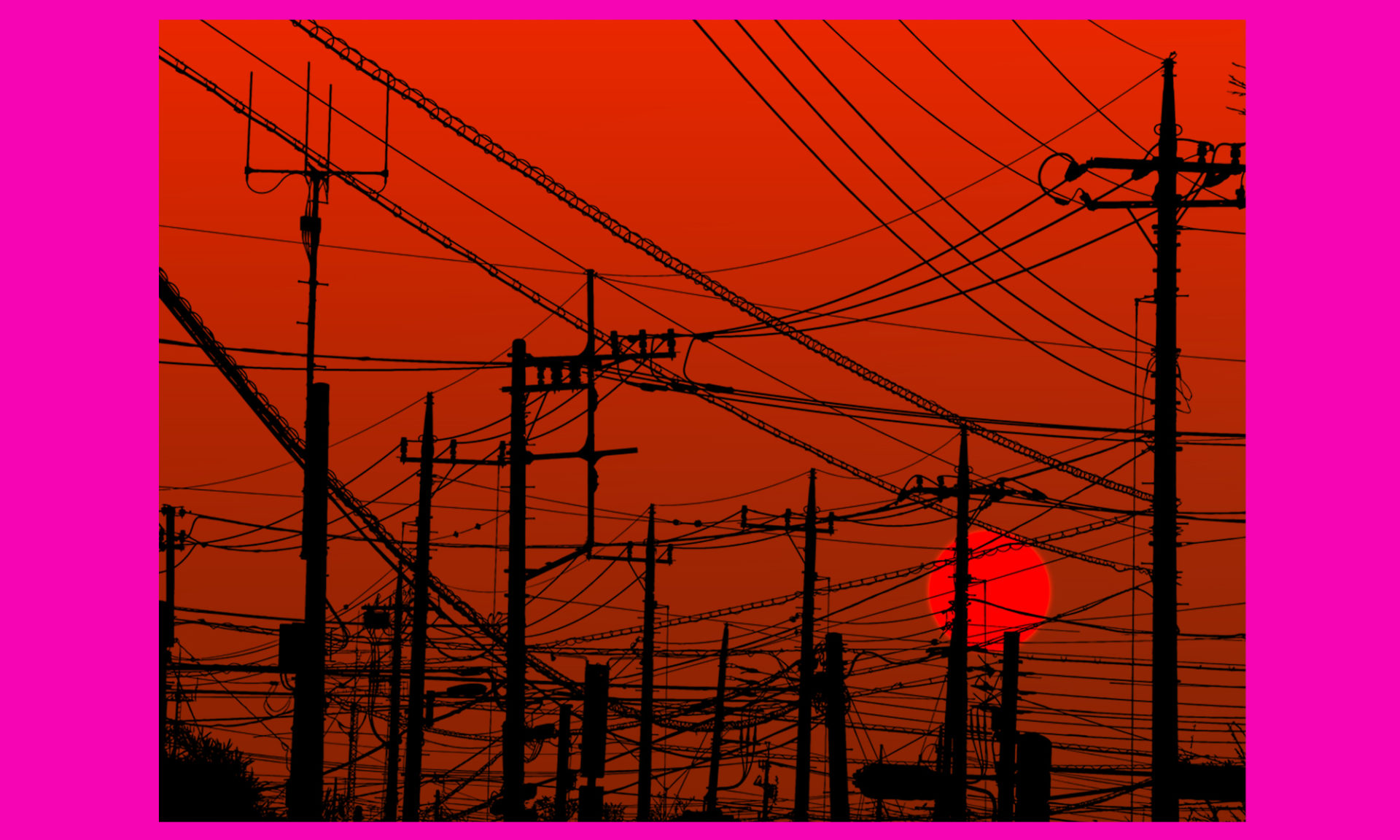Auto supply chain hit as extreme heat causes power shortages in China
The whole world is suffering from extreme weather and China is no exception as droughts threaten hydropower and companies that depend on it, and floods and heat waves disrupt daily life and the economy.

As sweltering temperatures continue to break records across large swathes of China, a video of a bag of live shrimp that cooked as a woman carried them home from the supermarket in Xinyang, Henan Province, went viral.
Authorities in the southwestern province of Sichuan started limiting power supply to homes, offices, and malls on Wednesday, in a bid to ration electricity for critical manufacturing plants. Severe droughts caused by blistering heat waves are putting pressure on the local power grid, which is highly dependent on hydropower.
- Japanese automaker Toyota and Chinese EV battery giant CATL have shut down their plants in the area until August 20.
- High temperatures are the worst on record, with the heat expected to continue for another week, according to the Sichuan Provincial Economic and Information Department.
- Average rainfall this summer so far dropped by more than half that of the same period in previous years.
Soaring temperatures and extended droughts are impacting millions across the country, withering crop yields, and draining water supplies: According to China’s National Climate Center, the intensity of the regional heat waves since June 13 is the strongest since 1961, when the country started to keep complete meteorological records.
- A severe drought since June has impacted more than 4.2 million people in central Hubei Province, local authorities said per Xinhua. A total of 151,300 people had difficulties accessing drinking water, while approximately 397,200 hectares of crops were damaged due to water shortages.
- During the period, the number of days with a high average temperature more than doubled that seen in normal years, the highest since 1961.
- Neighboring Jiangxi Province is suffering a similar fate, with drought since July 15 affecting more than 1.38 million people. It has cost them direct economic losses of about 990 million yuan (about $146 million).
“The scorching weather, which continuously baked most southern areas since June, has reached a peak,” said Chén Tāo 陈涛, the chief forecaster of the National Meteorological Center (NMC).
With each disaster, Beijing has set aside huge chunks of money for relief efforts and emergency funds: China’s direct economic losses from natural disasters amounted to 88.81 billion yuan (about $13.13 billion) in the first half of 2022, the Ministry of Emergency Management said in July.
- But while some areas have been battered by droughts this summer, others have experienced extreme rainfall and flooding. Just last week, China activated a Level IV emergency response as Typhoon Mulan, the seventh tropical storm to hit this year, hit the country’s southern coastal areas.
- In a bitter twist of irony, a flash flood killed at least seven people last weekend in Pengzhou City, Sichuan, as much of the province is suffering from droughts.






